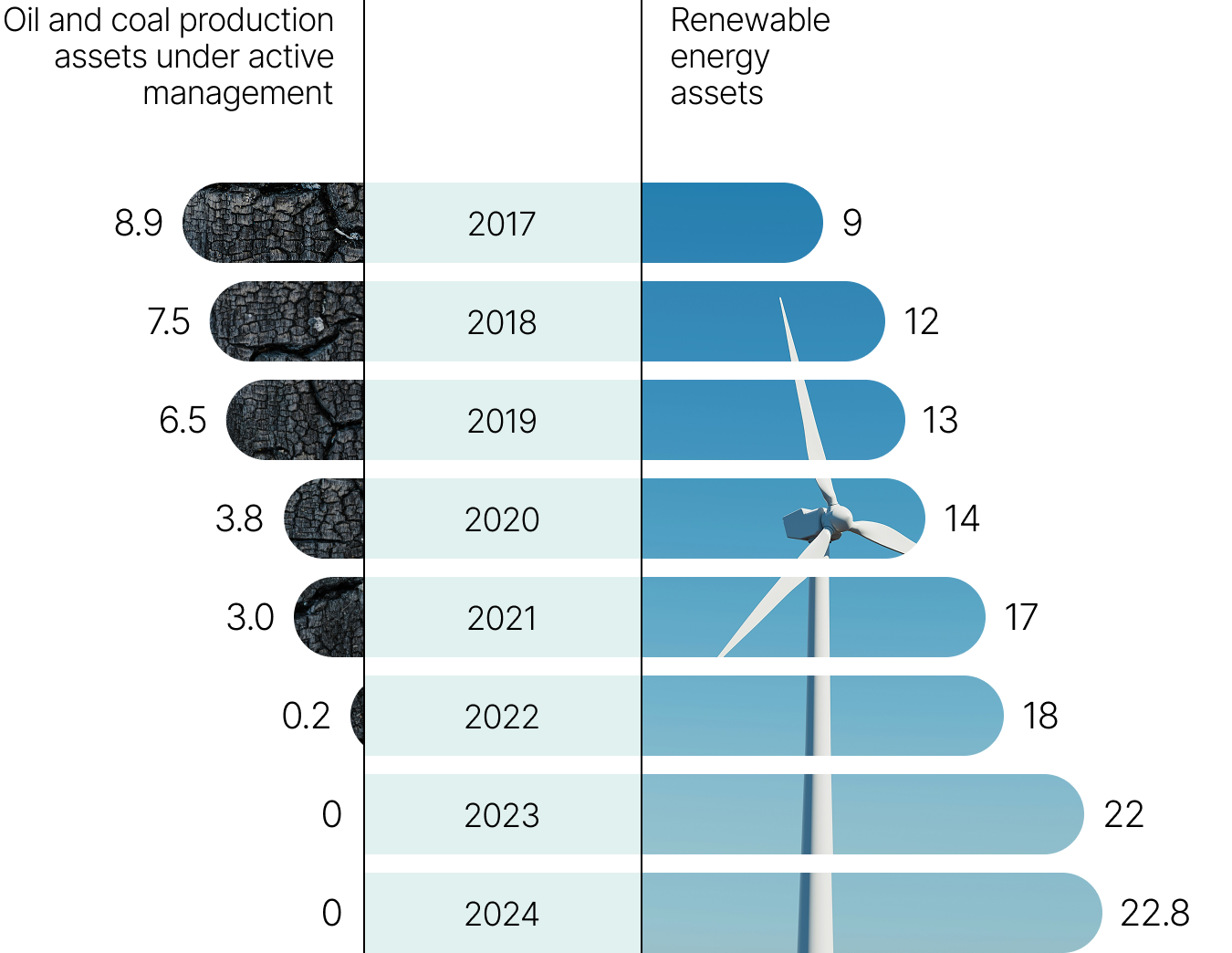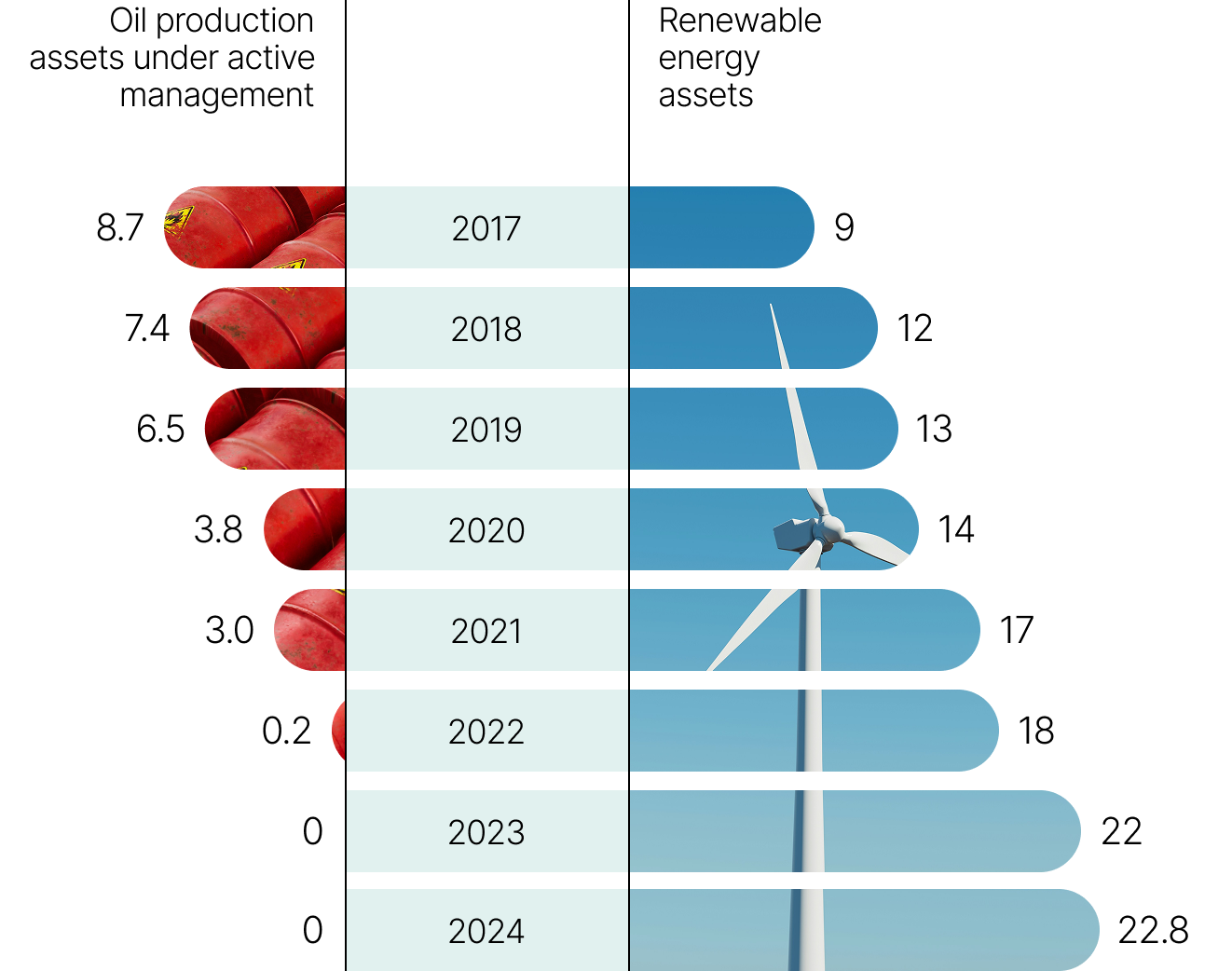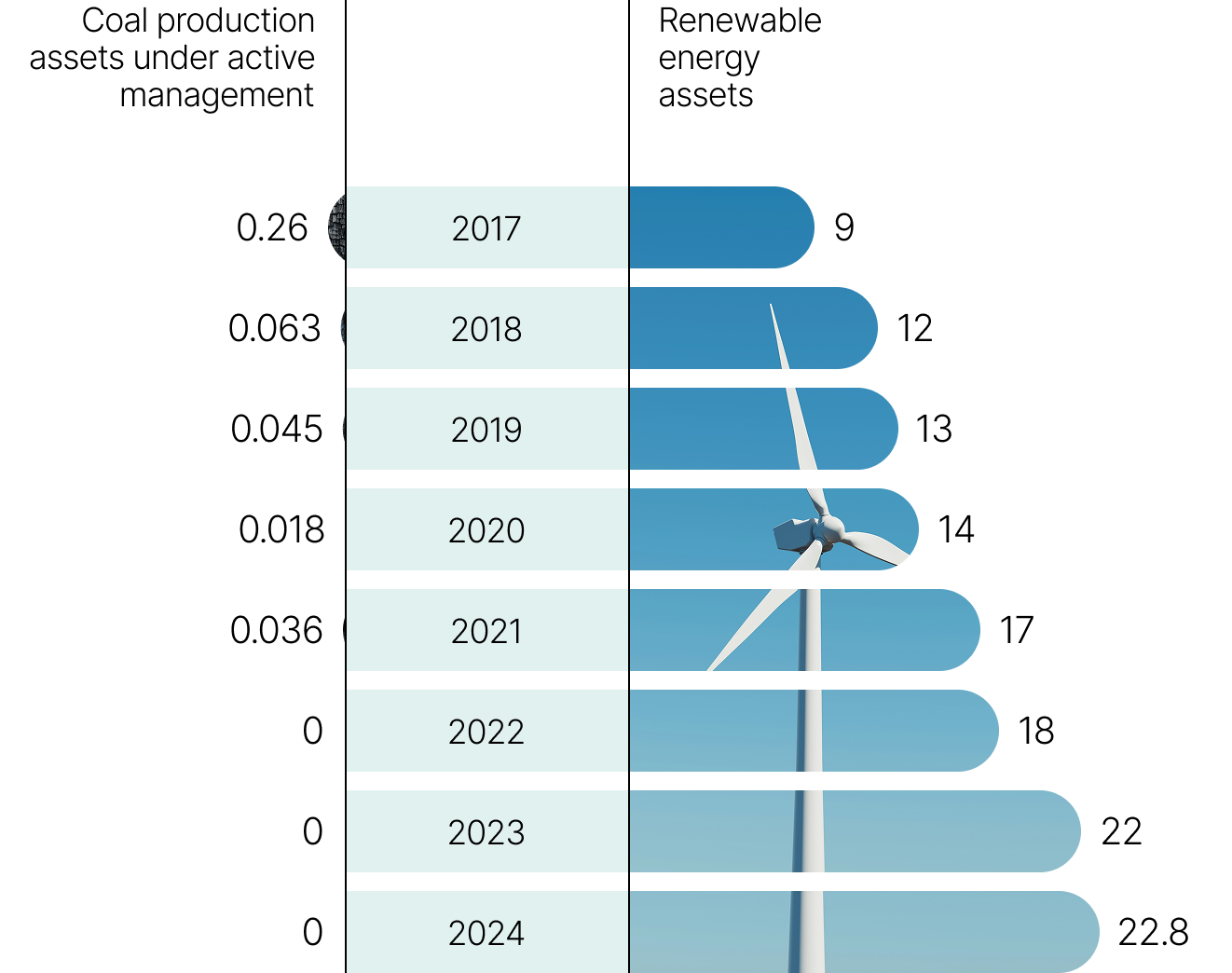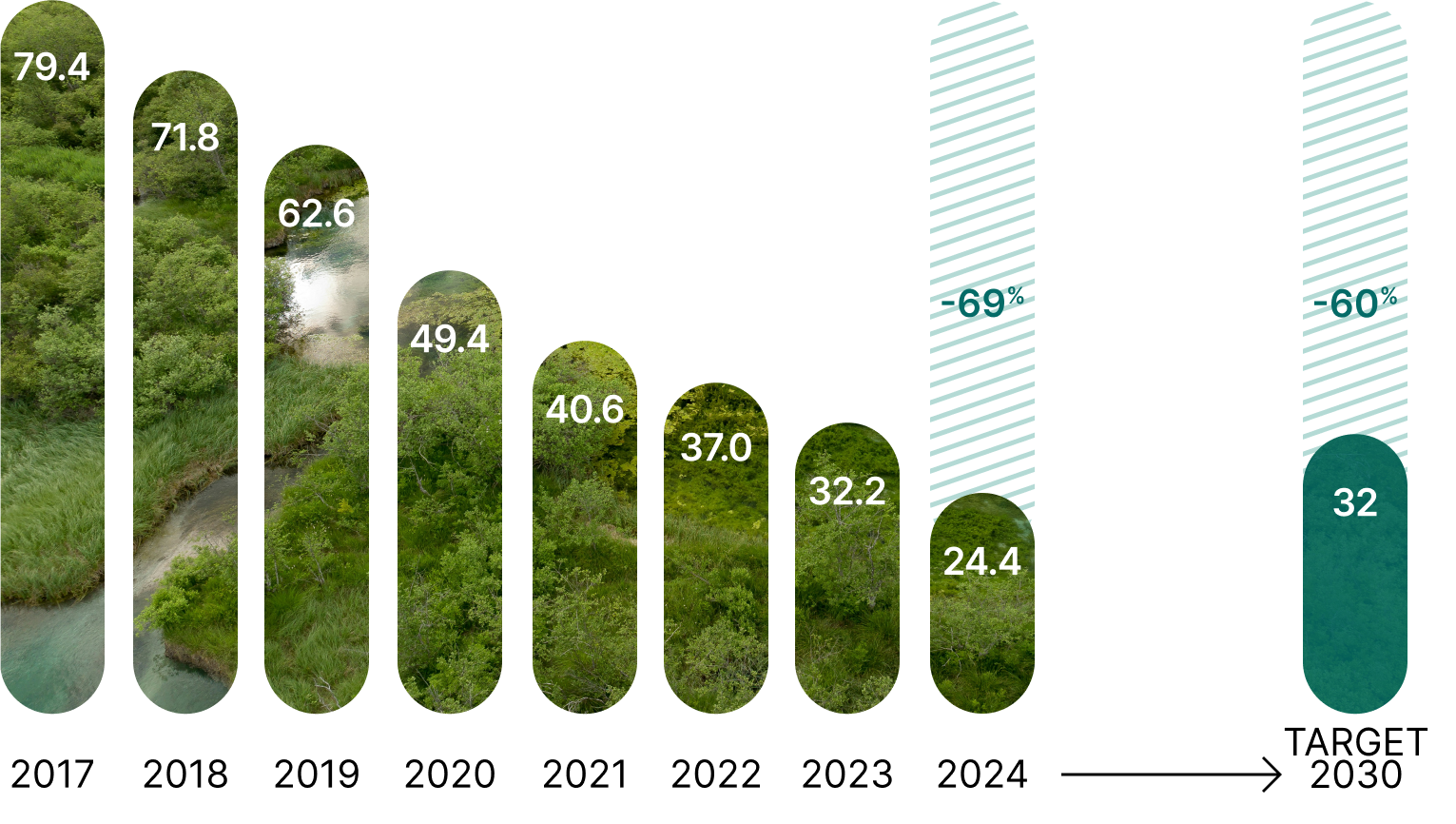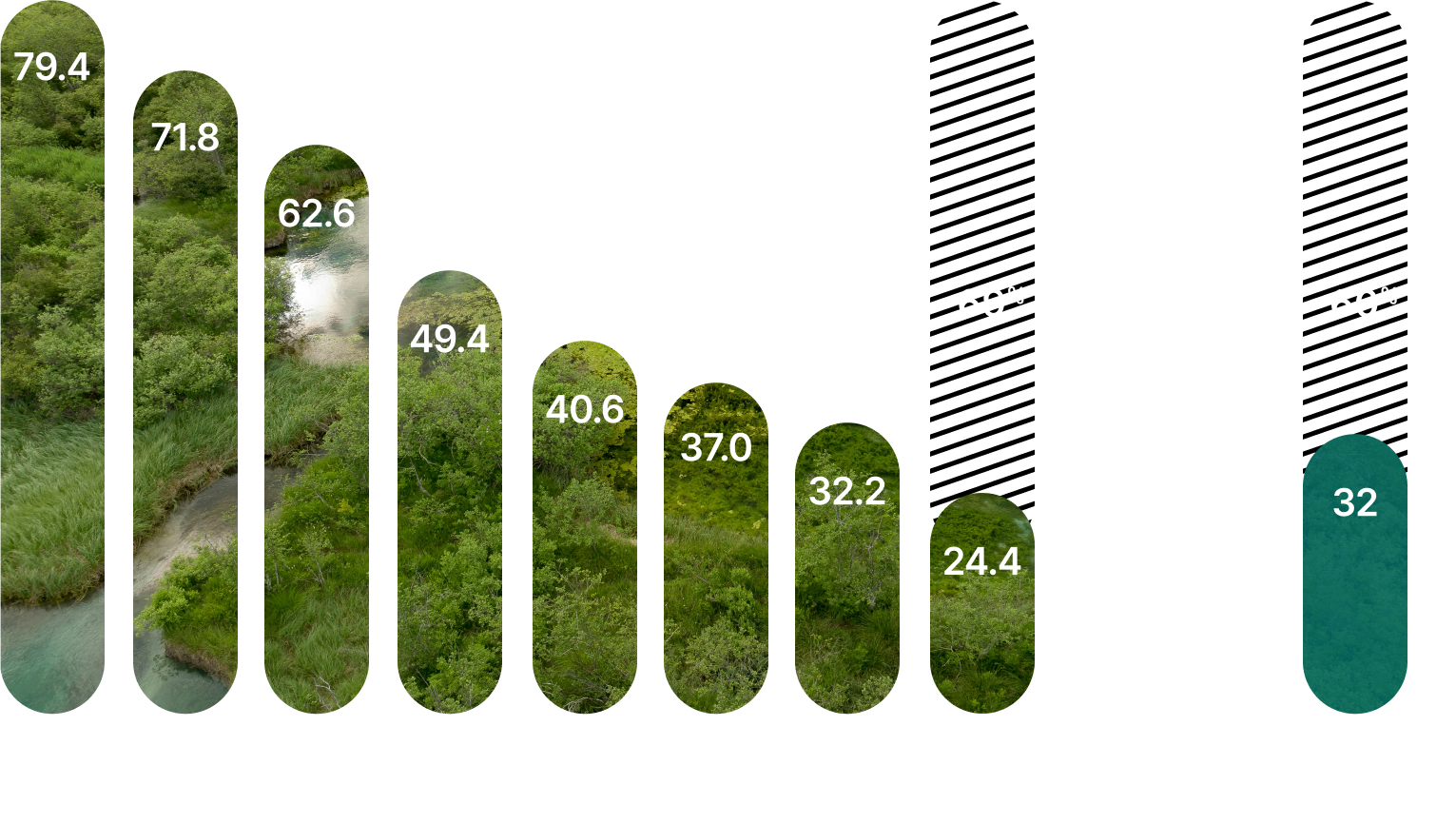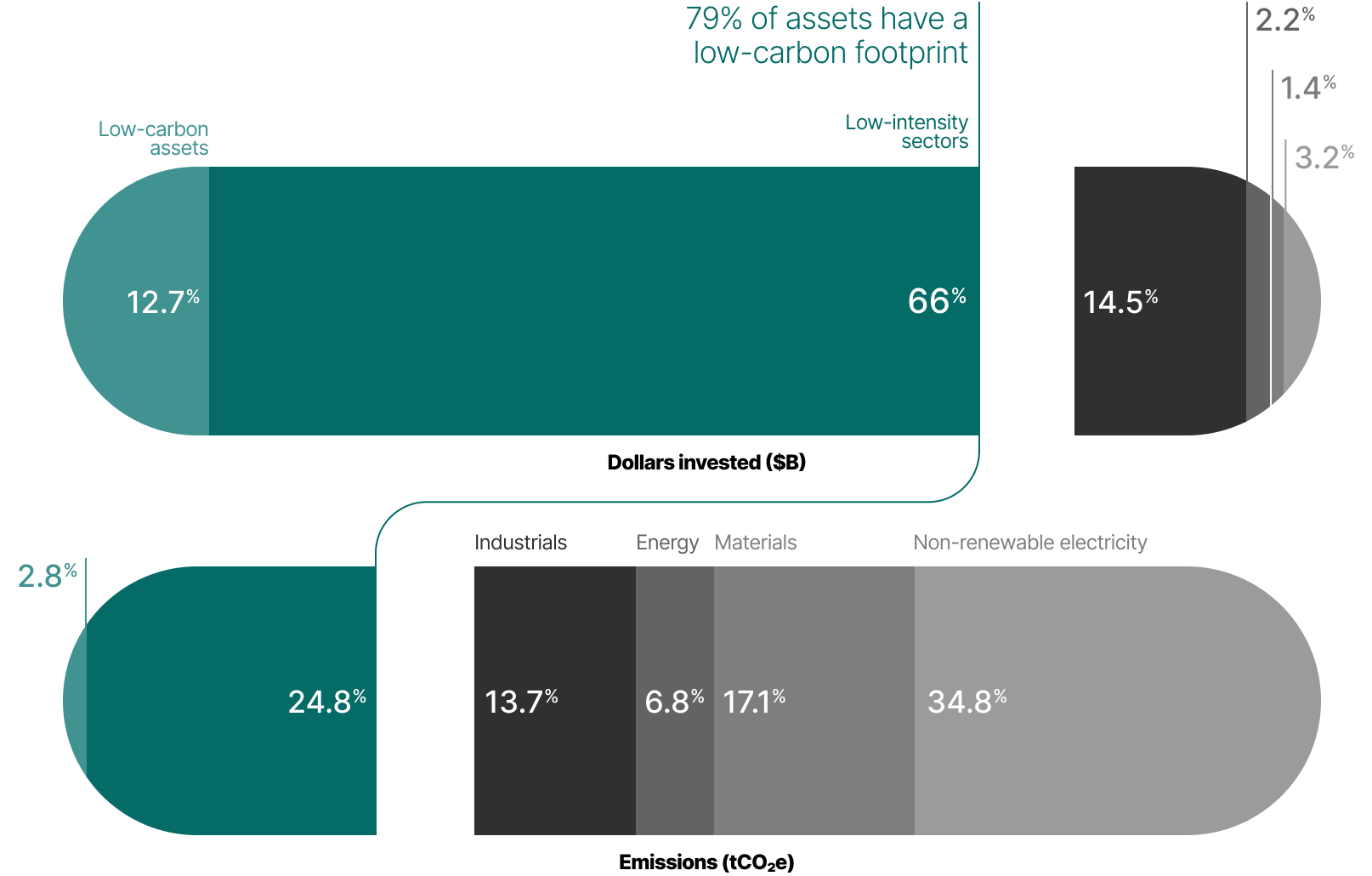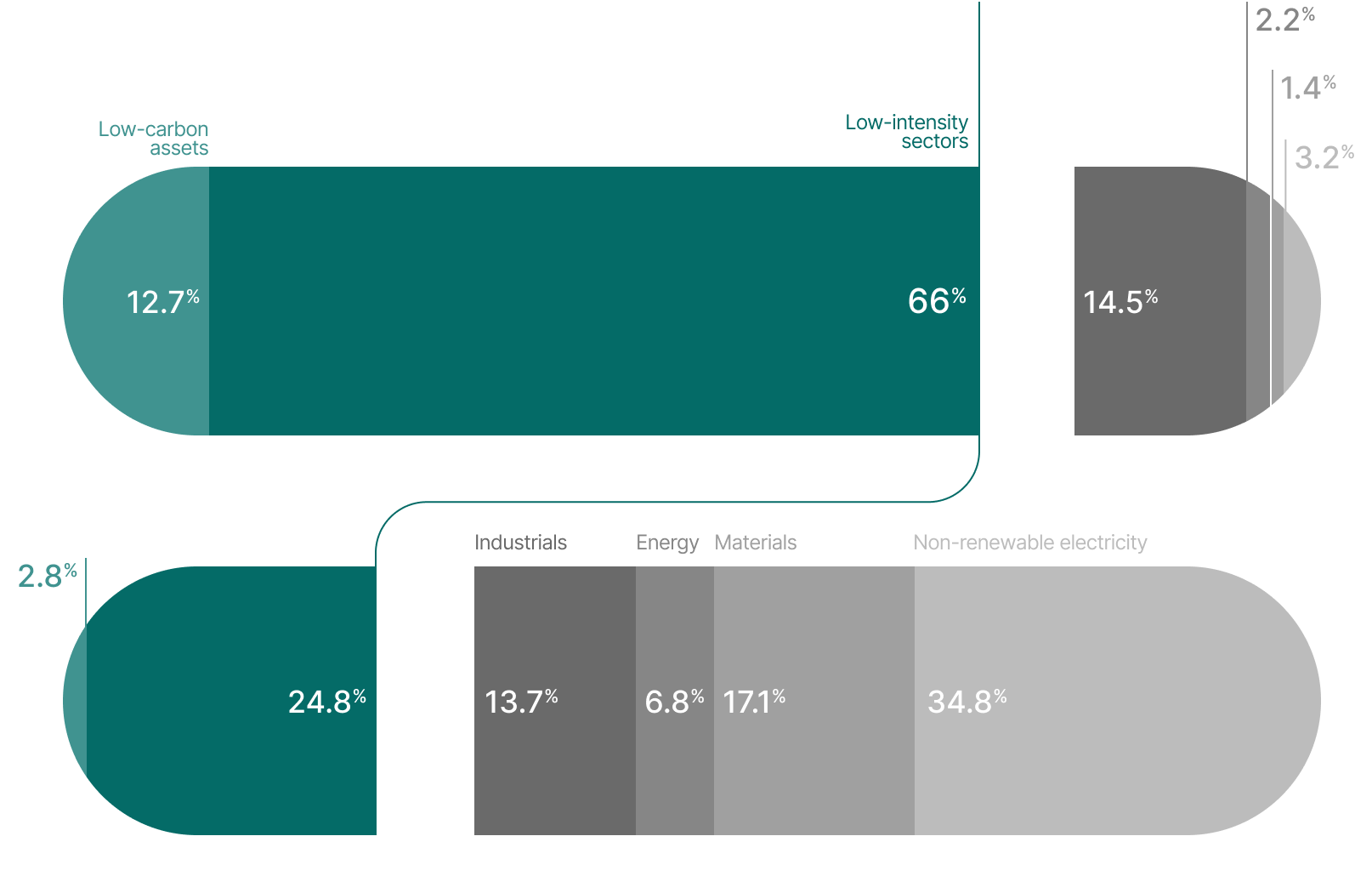
We actively
contribute to
decarbonizing
the real
economy.
Highlights
At the end of 2024, we exceeded the targets we set for ourselves when we launched our new climate strategy in 2021. Our low-carbon assets stood at $58 billion, up $40 billion since 2017 and above our target of $54 billion by 2025. The carbon intensity of our portfolio was down 69% since 2017, surpassing our target of a 60% reduction by 2030. We completed our exit from oil production and thermal coal mining by the end of 2023.
Our portfolio’s decarbonization has therefore proceeded at a faster pace than that of the real economy. This was due both to the decarbonization of our portfolio companies and to our strategy of investing in low-carbon, low-intensity and transition-promoting assets.
in low-carbon
assets
Target exceeded
decrease in our portfolio’s carbon intensity since 2017
Target exceeded
in transition
assets
in assets with a low-carbon footprint
Our plan for the energy sector in a world in transition
In line with our climate strategy, we had definitively withdrawn from oil production and thermal coal mining at the end of 2023, as these two sectors no longer correspond to our long-term investment objectives.
However, we see natural gas as a necessary component of the transition, complementing renewable energies. Our investments are focused on the gas transmission and distribution infrastructure, with these assets accounting for 1.6% of our portfolio.
We also favour investments in renewable energy assets, whose share of our overall portfolio is growing. By the end of 2024, renewable energy assets represented 5% of our portfolio.
Renewable energy assets represent a growing share of our portfolio, while oil and coal production is now excluded (in $B)
